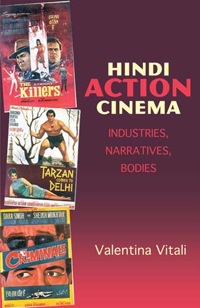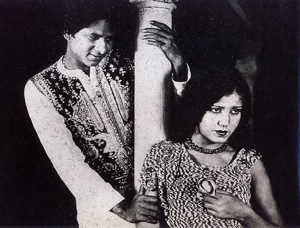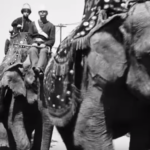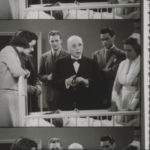The Surprising History of the Hindi Action Film
 Ever wonder where the stylizations of Bollywood films come from? Turns out that song, dance, and all the fanfare were features of the very first Indian sound film, Alam Ara, from 1931. Just as compelling is to learn that its star, Master Vithal, was a descendant of a long line of Hindi action-film stars, dating from the 1920s. The University of East London’s Valentina Vitali relates the fascinating story of those early days of Indian film in her book, Hindi Action Cinema: Industries, Narratives, Bodies, released in the UK by Oxford University Press in 2008 and now issued in the US by Indiana University Press.
Ever wonder where the stylizations of Bollywood films come from? Turns out that song, dance, and all the fanfare were features of the very first Indian sound film, Alam Ara, from 1931. Just as compelling is to learn that its star, Master Vithal, was a descendant of a long line of Hindi action-film stars, dating from the 1920s. The University of East London’s Valentina Vitali relates the fascinating story of those early days of Indian film in her book, Hindi Action Cinema: Industries, Narratives, Bodies, released in the UK by Oxford University Press in 2008 and now issued in the US by Indiana University Press.
This item is from our constantly updated book pages, in which we often include reports from authors about how they went about getting access to films relevant to their studies.
In Hindi Action Cinema, Vitali, who earlier co-edited Theorising National Cinema (British Film Institute, 2006), recounts the history of Bombay action films and investigates how the socioeconomic circumstances of their audiences fueled the prominence and marketability of action. She considers such factors as the popularity of stunt films in the 1920s; the role of women in action films from the mid-1920s to the end of the 1930s; and socioeconomic factors in the popularity of such fascinating figures as Master Vithal, Ermeline (the Jewish Indian actress known as India’s Clara Bow), the Australian-born Fearless Nadia, Dara Singh, and Amitabh Bachchan, as well as other, more contemporary figures.
Rachel Dwyer, University of London, calls the book “pioneering in its study of the importance of exhibition and distribution to the Hindi film industry.”
d
Master Vithal in a scene from Alam Ara (1931), directed by Ardeshir Irani, the first sound film in Indian cinema, a torrid tale of a love triangle that went as badly as some do. Wikimedia Commons
Previous Post: Searching East Asian Film Archives
Next Post: Can that Laughter






